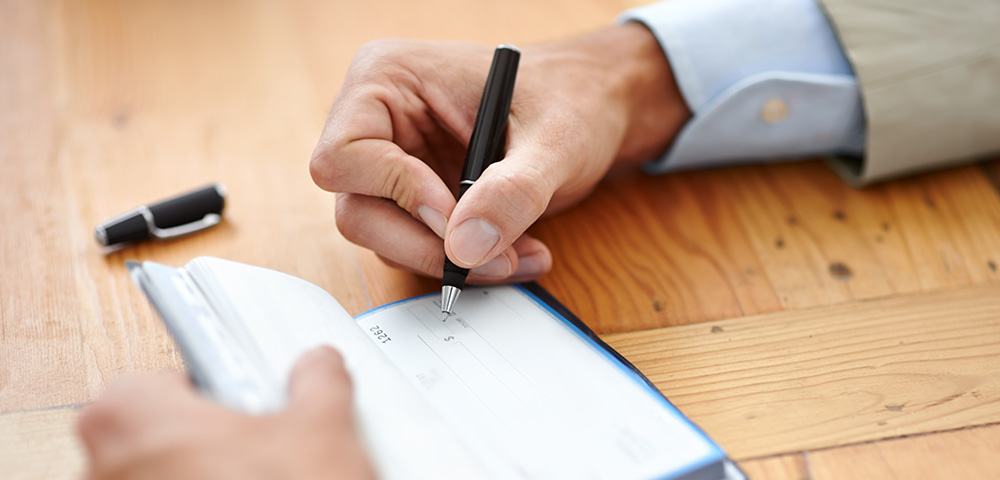When do you use a certified check? When do you use a cashier's check?
Both certified and cashier’s checks give the recipient an assurance that the check will clear. Both types are commonly used for large amounts, or when a buyer and seller don’t know each other.
How do you get a certified check? How do you get a cashier's check?
Banks issue both certified and cashier’s checks. Usually you have to go into a branch, but some online banks may offer cashier’s checks online or by phone. With a certified check, the teller will earmark the amount the check is written for, so it remains available when the check is cashed or deposited. And with a cashier’s check, you’ll give the amount to the bank and they’ll write the check from their own account.
Which is safer? And how do you avoid fraud?
When you take a personal check as a payment, you don’t have a concrete way of knowing whether the account it was written from has enough money in it to cover the amount. This puts you as a recipient at risk of not getting the payment you expect. With a certified check, that risk is mitigated because the bank has set aside the amount indicated. With a cashier’s check, it’s mitigated because the check is written from the bank’s account.
When it issues a certified check, the bank verifies a customer’s signature and ensures that the amount of the check is in the account and set aside for that check to clear. The bank will add a stamp, signature or other unique marking to show that a check is certified.
When it issues a cashier’s check, the bank is giving you a check from its own account, with the bank address, account number and phone number. People may attempt to pass fraudulent cashier’s checks. To make sure the cashier’s check is legitimate, look up the phone number of the bank referenced independently (rather than using the number on the check) and call them to confirm the check.
What is the cost of certified and cashier’s checks?
Some banks might not charge customers for certified checks, but they may cost up to about $15. Cashier’s checks are typically in the $10 to $20 range.
What happens if you lose a certified or cashier’s check?
Unfortunately, the best advice is this: Don’t lose your check. It’s not an easy fix.
If you lose a cashier’s or certified check and you want the bank to issue you a new one, the bank will require you to get an indemnity bond. The bond ensures that the bank won’t be liable for paying the second check as well as the first.
Indemnity bonds come from insurance companies, but they can be hard to get. Plus, banks might impose a 30–90-day waiting period before they write you a replacement check.
If you lose a cashier's or certified check that you were the recipient of, your best course of action would be to ask the person to replace it. If that doesn’t work, you can also try to use an indemnity bond with the issuing bank.
